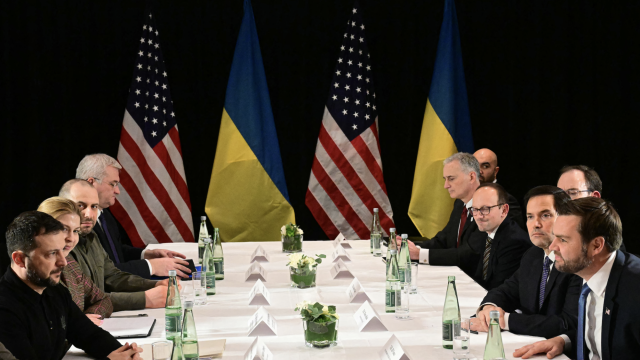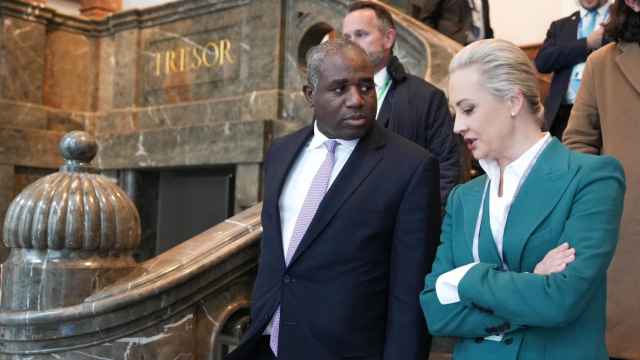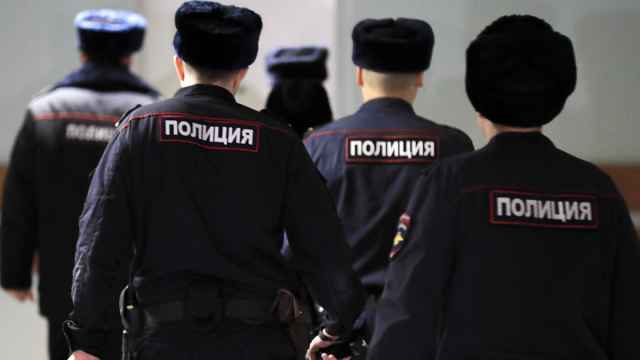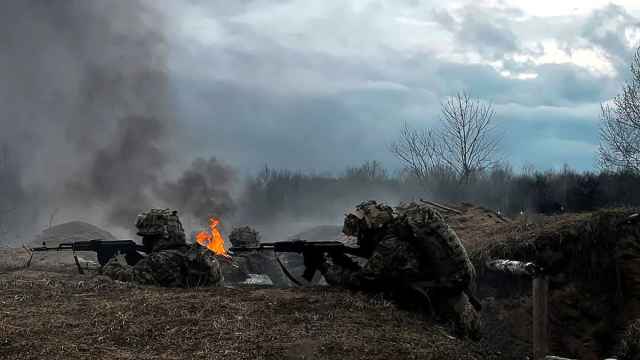A poll of real estate analysts has revealed the capital’s three most disadvantaged areas, based on transport access, social infrastructure, quality of buildings, ecology, crime levels and density of the migrant population.
The bottom-of-the-pile regions are focused in the southeast of the capital, though in all of them demand for housing remains stable, RIA Novosti found.
Kapotnya, 19 kilometers from the city center to the southeast and pressed against the inside of the MKAD was ranked the worst region.
Hosting a huge oil processing plant, the area has a famously poor environment. Kapotnya has no metro station, and no station is planned in the near future, leaving the area’s roads clogged.
The region’s 27,000 people, living in brick low-rise housing dating from the 1950s to 1970s, are served by only four schools and five kindergartens.
Second worst place on the rating went to Nekrasovka, outside the MKAD and also to the southeast of the capital. Incorporated into Moscow because of its industrial waterworks, six years ago a defunct section of the facility was given over to residential construction. However, fears about the environmental damage left behind has dampened demand.
Far from the city, Nekrasovka does not have a metro station, though one is scheduled to appear in 2015.
West Biryulyovo, the site of recent anti-migrant riots, was given third place, partly due to its reputation for markets, which cause friction with a local population unwilling to accept the often illegal immigrant workers employed in them.
“The area is shaped like a triangle, boxed in on two sides by rail lines and the MKAD,” said Maria Litinetskaya of Metrium Group. “The only entrance is the Varshavskoye Shosse, which, despite all the reconstruction, is overloaded.” There is no metro station, and the 90,000 residents get by with seven schools and 16 kindergartens.
A Message from The Moscow Times:
Dear readers,
We are facing unprecedented challenges. Russia's Prosecutor General's Office has designated The Moscow Times as an "undesirable" organization, criminalizing our work and putting our staff at risk of prosecution. This follows our earlier unjust labeling as a "foreign agent."
These actions are direct attempts to silence independent journalism in Russia. The authorities claim our work "discredits the decisions of the Russian leadership." We see things differently: we strive to provide accurate, unbiased reporting on Russia.
We, the journalists of The Moscow Times, refuse to be silenced. But to continue our work, we need your help.
Your support, no matter how small, makes a world of difference. If you can, please support us monthly starting from just $2. It's quick to set up, and every contribution makes a significant impact.
By supporting The Moscow Times, you're defending open, independent journalism in the face of repression. Thank you for standing with us.
Remind me later.





